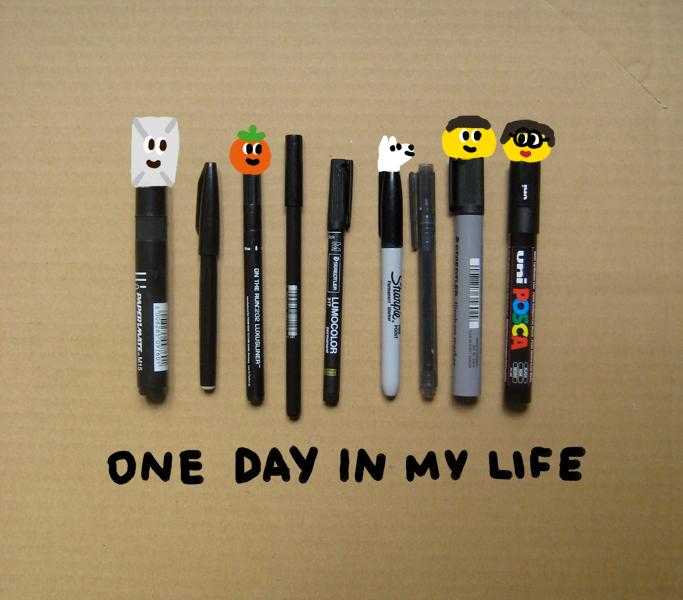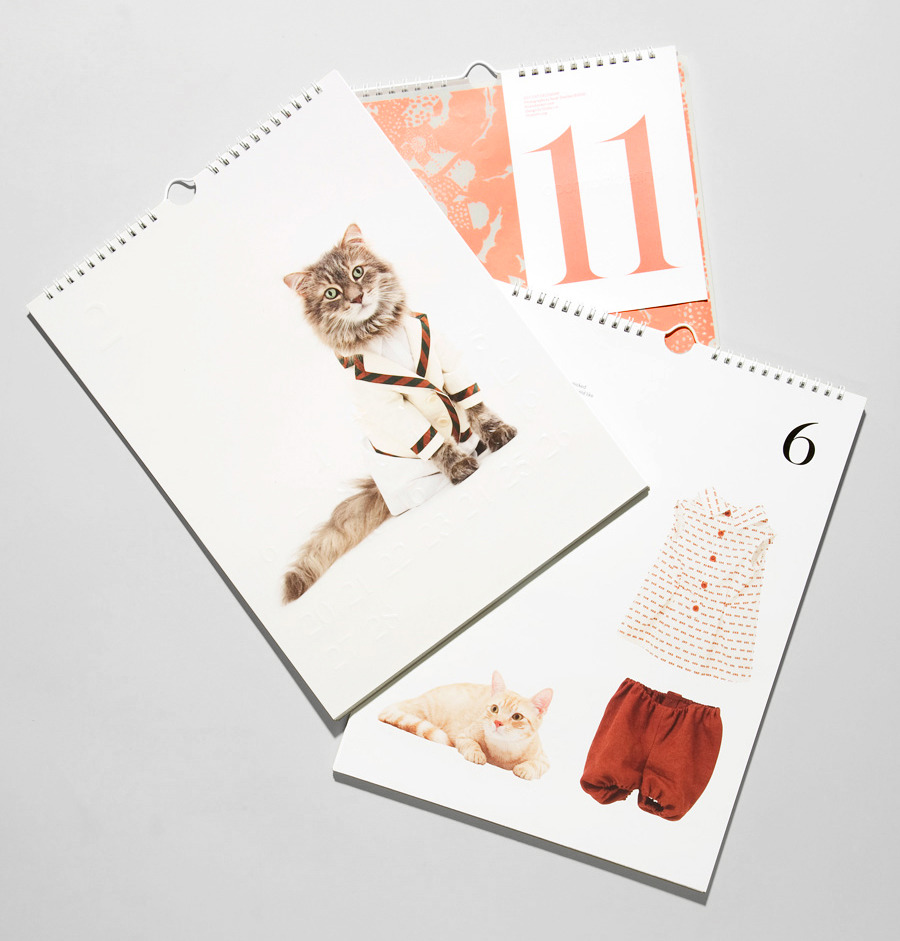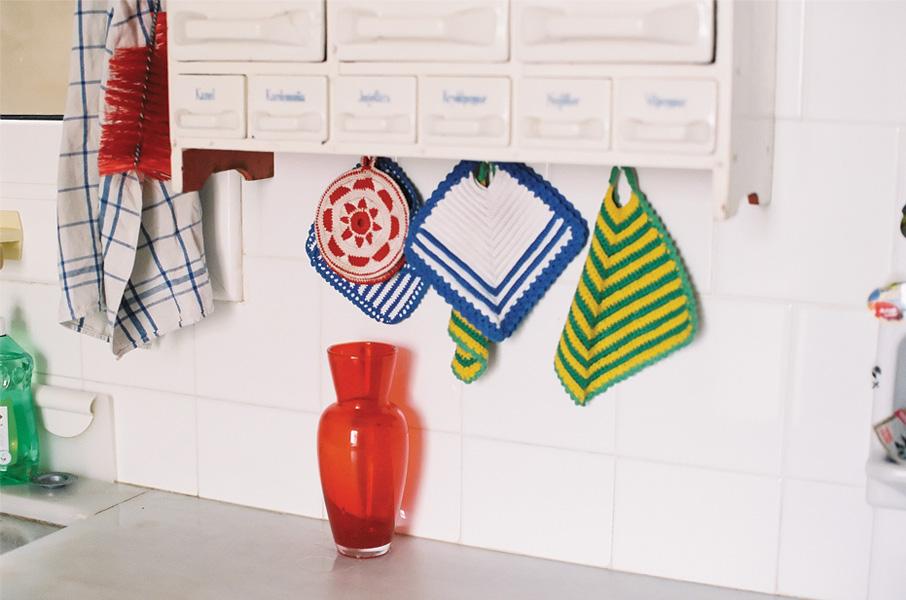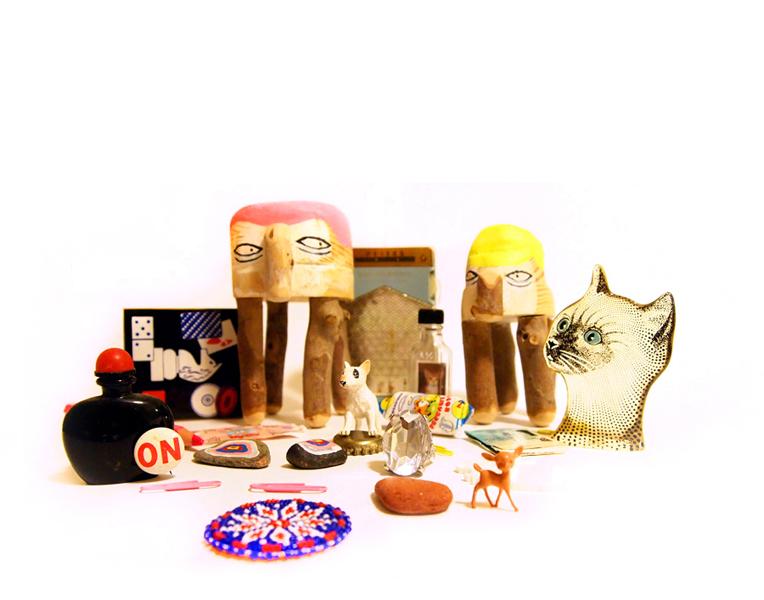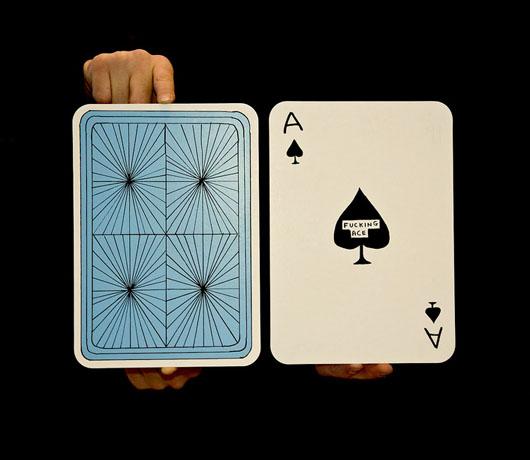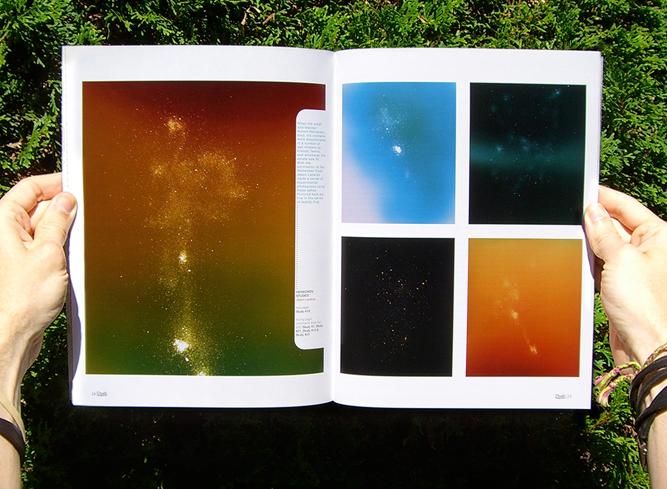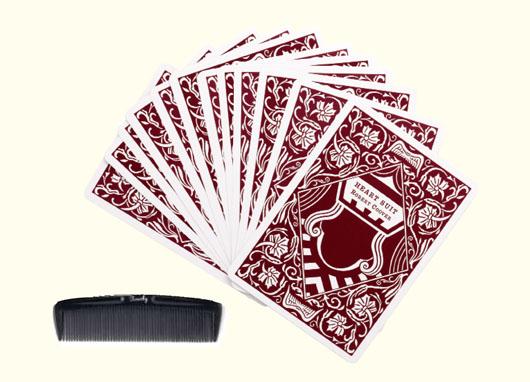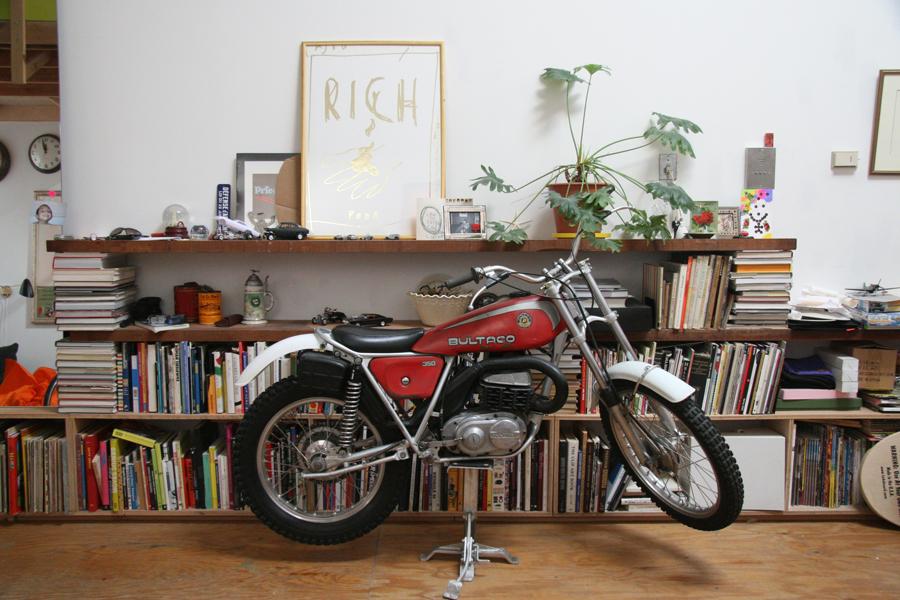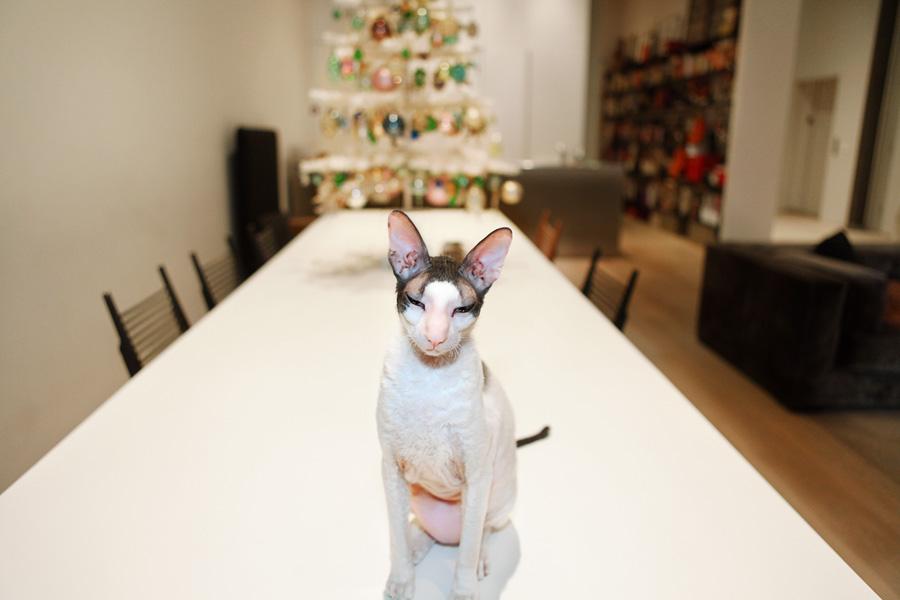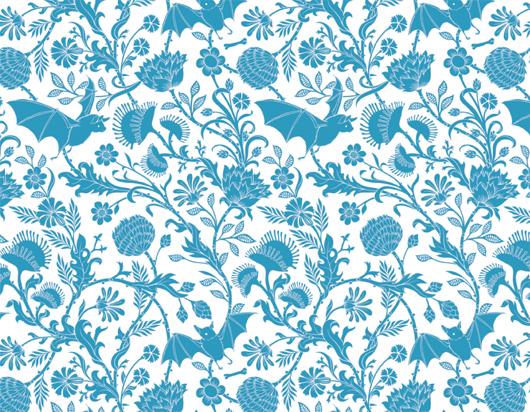
06.27.11
Excerpt: Magazine
An Interview With Dan Funderburgh from WRAP Issue #2
Though it was never intended that way, Wrap magazine might just be the perfect racket. With each 11.7 x 16.5–inch editorial spread backed by an illustration meant to double as wrapping paper, it's practically compulsory to buy two of every issue — one to keep forever, and one to dissect into packaging for your best friend's birthday present. As far as the London-based magazine's founders, Chris Harrison and Polly Glass, are concerned, either approach is perfectly valid. "As designers, the most satisfying feeling is seeing people using and enjoying what you've made," they say. Both began as jewelry designers for brands like Matthew Williamson and Paul Smith, with Glass venturing into furniture design for Innermost before leaving to devote her time to Wrap, which they hope will eventually blossom into an illustration-driven housewares and stationery brand. The pair's first issue launched last fall with stories about and contributions from up-and-comers including Merijn Hos and Sam Harris, and the second issue came out last week, its size bumped from A4 to A3 and its designer interviews even more in-depth. Sight Unseen secured permission to reprint here an interview with the Brooklyn-based illustrator and William Morris disciple Dan Funderburgh, whose wallpaper design pictured above was adapted especially for Wrap.
